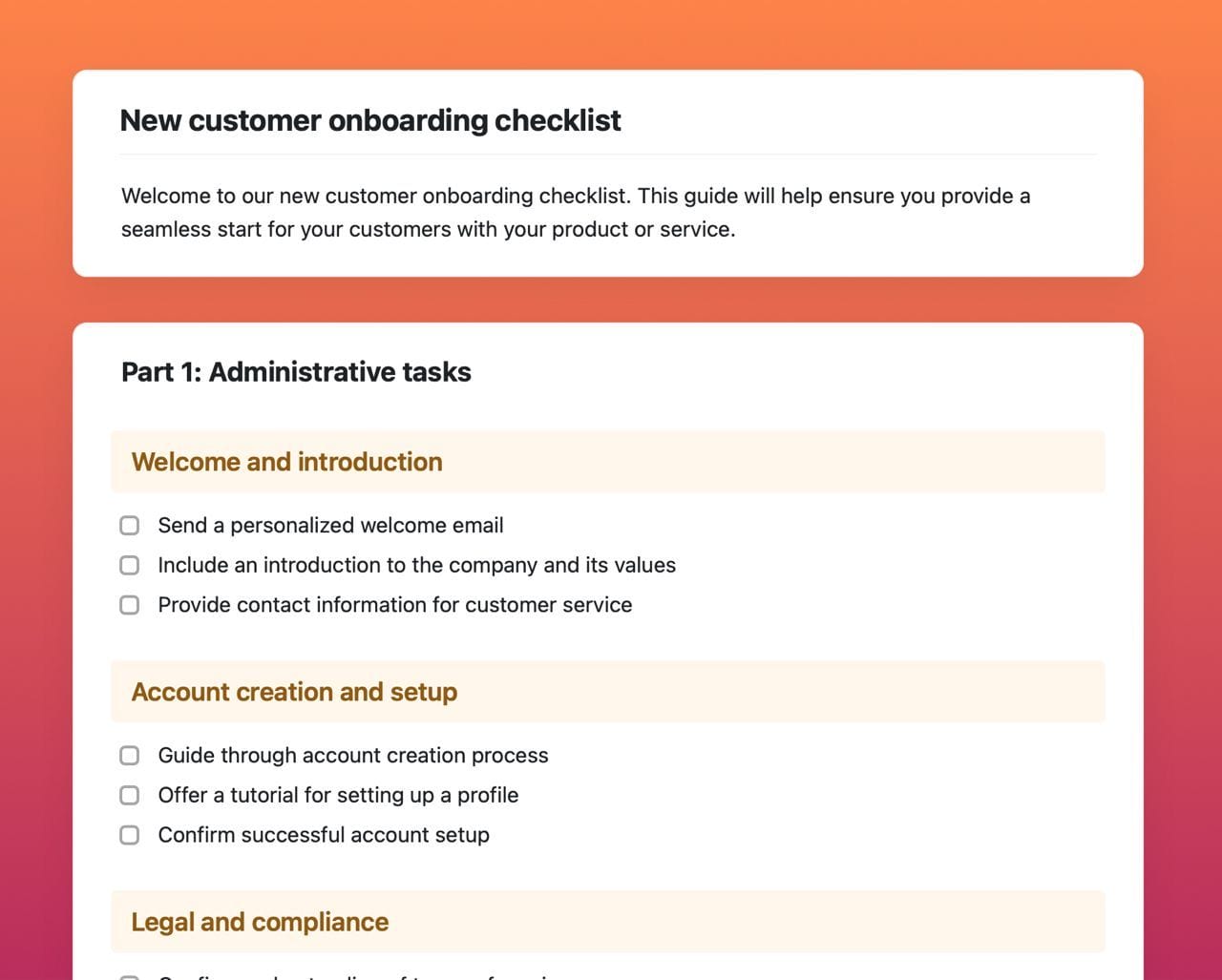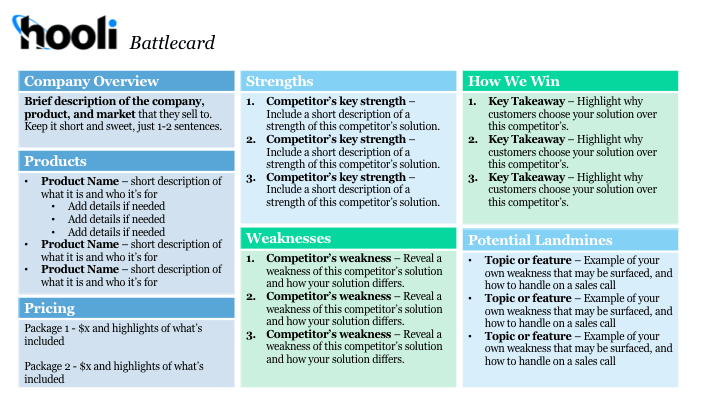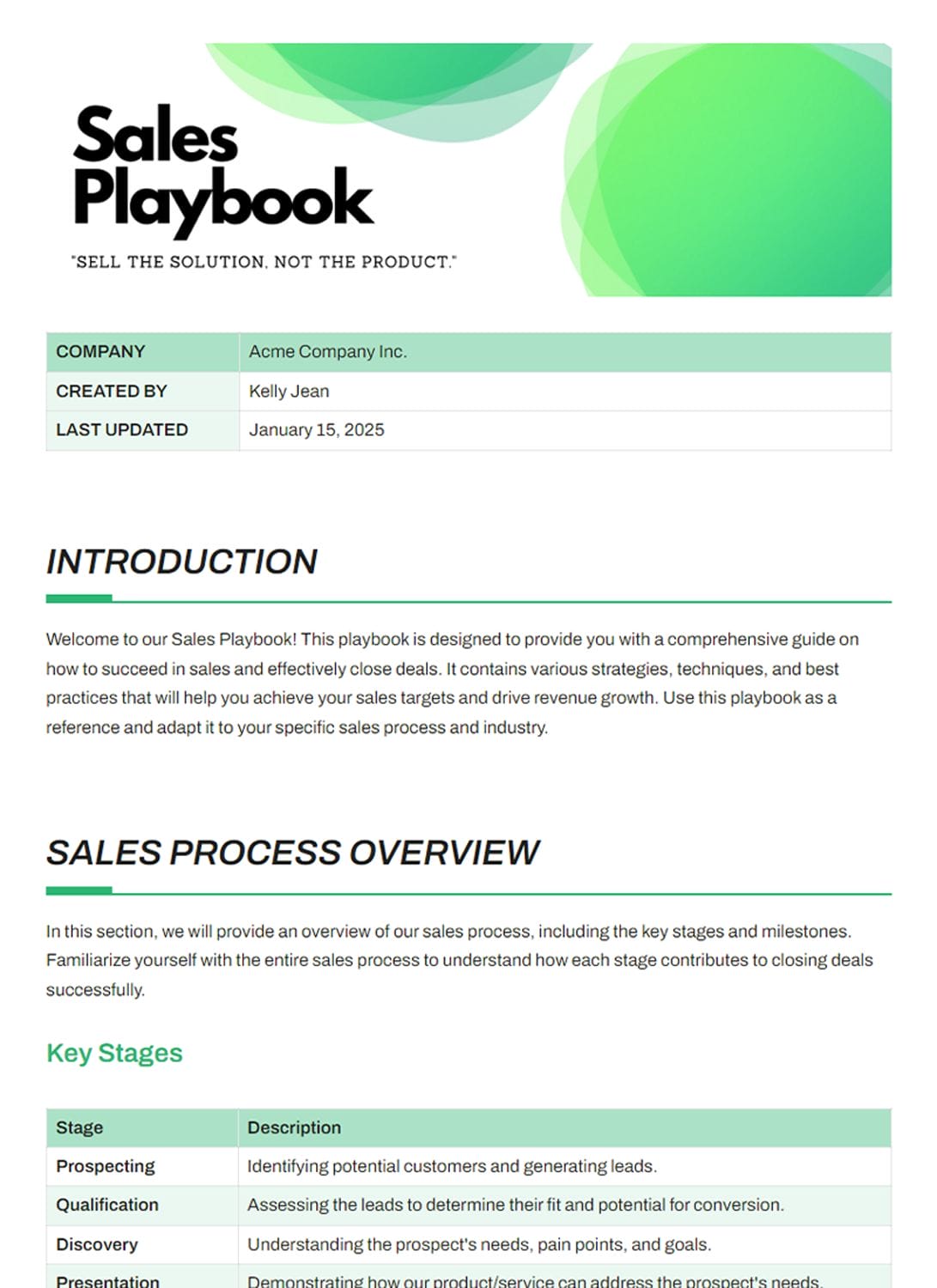As your business grows, so does the need to build a streamlined and effective B2B sales cycle. If you’re a newer company or a sales team just getting started, developing a clear understanding of the sales cycle is critical to scaling your sales efforts and driving revenue growth.
In this article, we’ll break down what a B2B sales cycle is, how it typically works, and how to improve it so you can confidently navigate the path to conversion and achieve predictable revenue growth.
What is a B2B Sales Cycle?
At its core, a B2B sales cycle is the sequence of stages your sales team moves through to convert potential clients (other businesses) into paying customers. Unlike B2C (business-to-consumer) sales, B2B cycles are longer, more complex, and involve multiple decision-makers.
Having a clear cycle in place gives you the structure of the customer journey, while your sales process defines how you navigate those stages. Together, they help improve efficiency, increase sales velocity, and ensure your efforts lead to long-term relationships and sustained growth.
The 7-Step B2B Sales Cycle
While every sales cycle is unique to some degree, there are seven generally accepted stages that guide the process. These stages help you map out how prospects move through the sales pipeline, from discovery to closing the deal. Below, we dive deeper into each stage and give you concrete tips to improve your effectiveness at each step.
1. Prospecting
What it is: Prospecting is the first step in the B2B sales cycle. This is where your sales team identifies potential leads who may be interested in your product or service. Effective prospecting fuels your sales pipeline with incoming leads that have high potential.
Concrete Tips for Success:
- Use automated sales tools like LinkedIn Sales Navigator, Apollo, or ZoomInfo to gather leads based on criteria like industry, company size, and job titles.
- Refine your targeting: Instead of blasting outreach to everyone, focus on those who are most likely to benefit from your solution. Use tools like data enrichment software to get a clearer picture of your ideal customer profiles.
- Leverage marketing efforts: Set up a solid content strategy across marketing channels (social media platforms, blogs, etc.) to attract inbound leads. Offering value upfront, such as guides, whitepapers, or free consultations, can nurture leads before direct outreach.
- Track engagement: Use a lead scoring system to prioritize prospects based on how they engage with your content or outreach. This will help you focus attention on leads with the biggest impact.
- Define your total addressable market (TAM) to better understand the target audience and improve your qualifying leads process.
2. Qualification
What it is: In this stage, you assess whether a prospect is a good fit for your offering. The key question here is: Does this prospect have a problem your product/service can solve?
Concrete Tips for Success:
- Use a qualification framework like BANT (Budget, Authority, Need, Timing) or CHAMP (Challenges, Authority, Money, Prioritization) to assess whether leads are worth pursuing.
- Don’t assume! Ask questions to understand their pain points and confirm that your offering can solve their unique needs. Identifying prospect’s pain points early on is key to a strong qualification process.
- Leverage marketing automation to help manage inbound leads and guide them through the early stages of the customer buying process. This makes it easier to qualify leads quickly and accurately.
3. Needs Analysis
What it is: During this stage, you dig deeper into understanding the prospect’s specific needs, goals, and challenges. This is where you build rapport and demonstrate genuine interest in helping them solve their problems.
Concrete Tips for Success:
- Ask open-ended questions: Go beyond surface-level questions to uncover the root causes of their pain points. Listening with critical thinking helps you align your solution with their exact needs.
- Use sales research: Conduct research on the prospect’s business model, industry trends, and any internal issues they might be facing.
- Document everything: Use CRM tools to capture actionable insights from discovery meetings so you can tailor future communications and address objections in later stages. This ensures you stay focused on the unique needs of each prospect.
4. Proposal
What it is: Once you’ve uncovered your prospect’s needs, it’s time to create a tailored proposal that outlines how your solution addresses their challenges. The proposal should clearly explain how your solution fits within their decision-making process.
Concrete Tips for Success:
- Customization is key: Rather than sending a generic proposal, tailor it to the specific business requirements of the prospect. Highlight features that align with their core stages in the customer buying process.
- Use sales software: Tools like PandaDoc, Proposify, or Better Proposals can help you create professional proposals quickly. These tools also track when proposals are opened and enable e-signatures.
- Follow-up calls: Don’t let the proposal sit for days. Make follow-up calls to address questions and demonstrate that you are focused on meeting their needs. This will keep the attention of the prospect and push them toward making informed decisions.
5. Negotiation & Closing
What it is: This is the stage where you finalize the deal. Prospects may request pricing changes, additional terms, or want to discuss payment options. Your job is to handle objections, ensure alignment, and close the deal.
Concrete Tips for Success:
- Anticipate common objections: Be prepared to address common sales objections up front, such as pricing concerns or uncertainty around ROI.
- Offer value over price: If a prospect is pushing back on price, remind them of the long-term value they’ll get from your solution. It’s important to focus on solution presentation and selling proposition to ease their concerns.
- Present your unique selling proposition (USP) in a way that resonates with their decision-making process, focusing on how you solve their unique needs. Make sure to discuss how your solution can align with their purchasing decisions and goals.
- Leverage Digital Sales Rooms to provide all relevant documents and discussions in one easy-to-access location for a smoother negotiation process.
6. Delivery/Implementation
What it is: After the deal is closed, it’s time to implement the solution for the client. This stage involves setting up your product/service and ensuring it’s delivered as promised.
Concrete Tips for Success:
- Set clear expectations: Let your clients know exactly what the delivery process will look like, including timelines, responsibilities, and any potential roadblocks.
- Use automated emails: Automate post-sale processes like account setup or onboarding instructions to ensure consistency and save time.
- Involve your customer-facing teams: Ensure that revenue teams (sales, marketing, customer success) are aligned to guarantee a smooth transition and positive customer experience.
7. Follow-Up & Retention
What it is: The sales cycle doesn’t end after the deal is signed. Ongoing follow-up helps ensure customer satisfaction, build loyalty, and open the door for repeat business or referrals.
Concrete Tips for Success:
- Stay engaged: Schedule regular check-ins and offer ongoing support. Send useful content, product updates, or ask for feedback to strengthen the relationship.
- Track customer feedback: Use a customer feedback form to collect insights about their experience. This feedback helps improve your overall process.
- Upsell and cross-sell: Look for opportunities to offer additional products or services that complement your client’s initial purchase. This increases customer lifetime value and drives repeat sales.
- Build trust: Use appointment scheduling tools to keep in touch regularly, aiming to transition from a transactional relationship to a long-term relationship. This helps establish a new working relationship with your customers.
How to Improve Your B2B Sales Cycle
Now that you understand the stages of the B2B sales cycle, here are some proven strategies to make your cycle more effective and efficient:
1. Hire a Consultant
If your sales team is struggling to close deals or refine your sales cycle, bringing in an experienced consultant can help you optimize your current process. Consultants provide fresh perspectives and assist in developing a sales playbook for better alignment across teams.
2. Use Automation
Automating repetitive tasks like follow-up calls, lead scoring, and reporting saves time and ensures no opportunities are missed. Tools like HubSpot, ActiveCampaign, and Outreach can help streamline your sales efforts and improve sales velocity.
3. Leverage Sales Software
Using the right software is key to managing your sales pipeline and improving sales efficiency. CRM tools like Salesforce, Pipedrive, and Zoho help track prospects through each stage of the sales cycle.
4. Improve Sales Enablement
Sales enablement provides your team with the tools, resources, and information needed to close deals effectively. This includes access to sales demos, industry insights, case studies, sales presentations, and a clear selling proposition.
5. Train Your Team
Continuous training is essential to maintain a competitive edge. Equip your team with skills and knowledge around account-based sales, customer objections, and industry-specific sales research. Keep refining your sales stages based on insights from the market trends.
6. Measure Adherence to the Process
To ensure your sales cycle stays on track, implement performance indicators to measure how well your team follows each stage of the process. This will help identify areas that require more close attention and optimize resource allocation.
Resources
For more tips on refining your sales cycle and optimizing your B2B sales operations, check out these blog posts from Peak Sales Recruiting:
- B2B Sales Automation: The Tools Driving Pipeline Growth
- Presales vs Sales: What’s the Difference and Why It Matters
- Sales Pipeline Reporting: The Key to Smarter Sales Management
These resources will help you sharpen your sales efforts, enhance your sales pipeline, and achieve sustainable growth in your business.



























